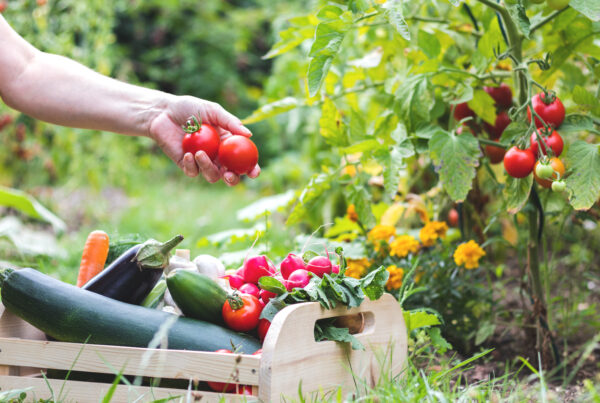In an era of increasing focus on sustainable living and healthy eating, growing your own vegetables and herbs has gained immense popularity. Not only does it provide you with a fresh and abundant supply of nutritious produce, but it also offers a rewarding and therapeutic experience. Whether you have a sprawling backyard or a small balcony, this blog post will guide you through the basics of growing your own vegetables and herbs, helping you embark on a journey toward self-sufficiency and greener living.
1. Assessing Your Space and Resources:
Before diving into the world of vegetable and herb gardening, it’s essential to evaluate the available space and resources at your disposal. Consider factors such as sunlight, water supply, soil quality, and the amount of time you can dedicate to gardening. Understanding these elements will help you make informed decisions and choose the most suitable plants for your specific conditions.
2. Planning Your Garden:
A well-thought-out garden plan is the foundation of a successful harvest. Start by creating a layout or sketch of your garden space. Consider the growth habits and spacing requirements of different vegetables and herbs. Group plants with similar needs together and account for factors like companion planting and crop rotation to maximize space and optimize plant health.
3. Preparing the Soil:
Good soil is the key to healthy plants. Begin by clearing the garden area of any debris, weeds, or grass. Most vegetables and herbs thrive in well-draining, loamy soil. To improve its structure and nutrient content, you can change the soil by adding organic matter, such as compost or aged manure.
4. Choosing the Right Plants:
Selecting the right plants for your garden is crucial. Consider your personal preferences, climate, available space, and the amount of sunlight your garden receives. Start with easy-to-grow vegetables like tomatoes, lettuce, peppers, and herbs such as basil, mint, and rosemary. Opt for disease-resistant varieties and heirloom seeds to ensure a successful and diverse harvest.
5. Planting and Caring for Your Garden:
Follow the planting instructions on the seed packets or plant labels. Ensure you provide adequate water, sunlight, and nutrients for your plants. Mulching can help conserve moisture, control weeds, and regulate soil temperature. Remember to monitor your plants for pests and diseases and take appropriate preventive measures.
6. Watering and Fertilizing:
Water your plants deeply and consistently to keep the soil evenly moist without overwatering. Consider using a drip irrigation system or soaker hoses to conserve water and deliver moisture directly to the roots. Fertilize your plants with organic options such as compost tea or fish emulsion, following recommended guidelines. Avoid overfertilizing, as it can lead to imbalances and damage plant roots.
7. Harvesting and Enjoying Your Bounty:
As your plants mature, you’ll be rewarded with a bountiful harvest. Harvest vegetables and herbs when they reach their peak ripeness for the best flavor and nutritional value. Enjoy your homegrown produce in fresh salads, stir-fries, or as ingredients in your favorite recipes. Remember to save seeds for future plantings.
Growing your own vegetables and herbs is a fun way to reconnect us with the natural world and provide us with nourishing, flavorful food. By following these guidelines and investing time and care into your garden, you can enjoy the numerous benefits of homegrown produce while developing a green thumb and a deeper appreciation for the wonders of nature. So, roll up your sleeves, get your hands dirty, and embark on this exciting journey toward cultivating your own edible paradise!
